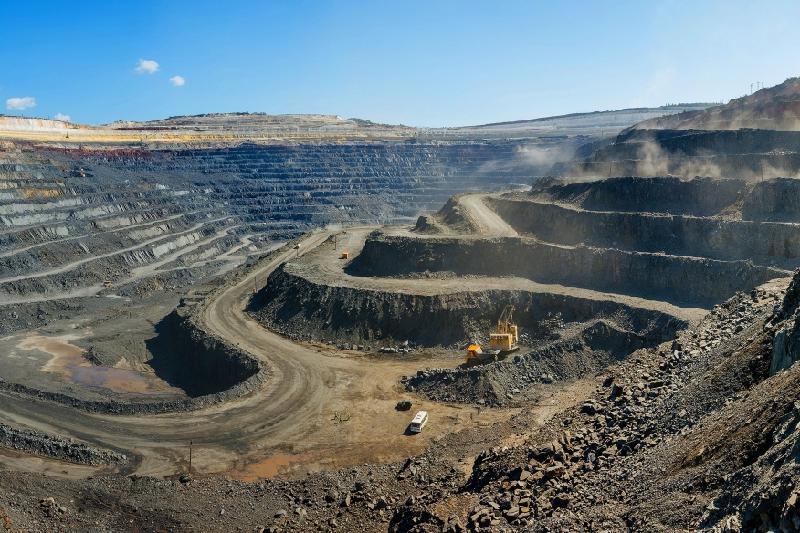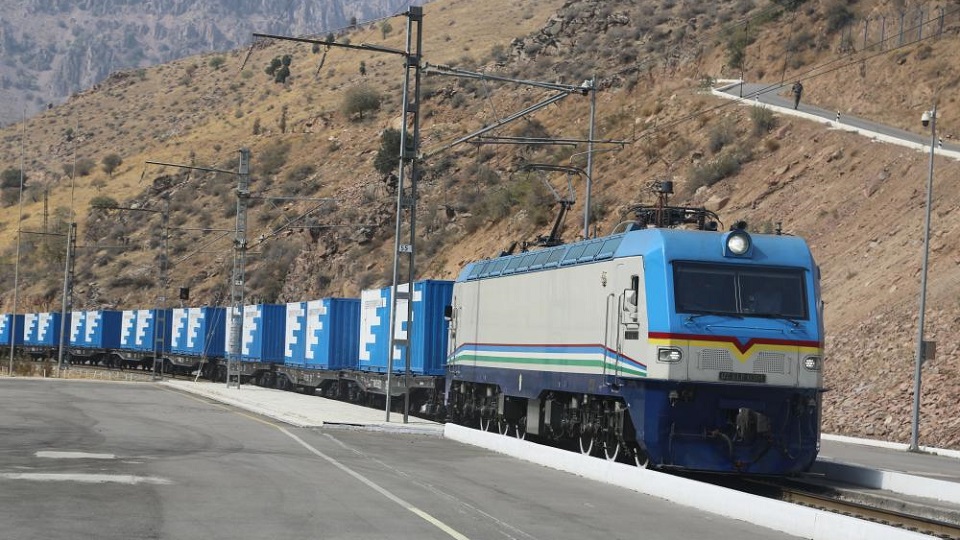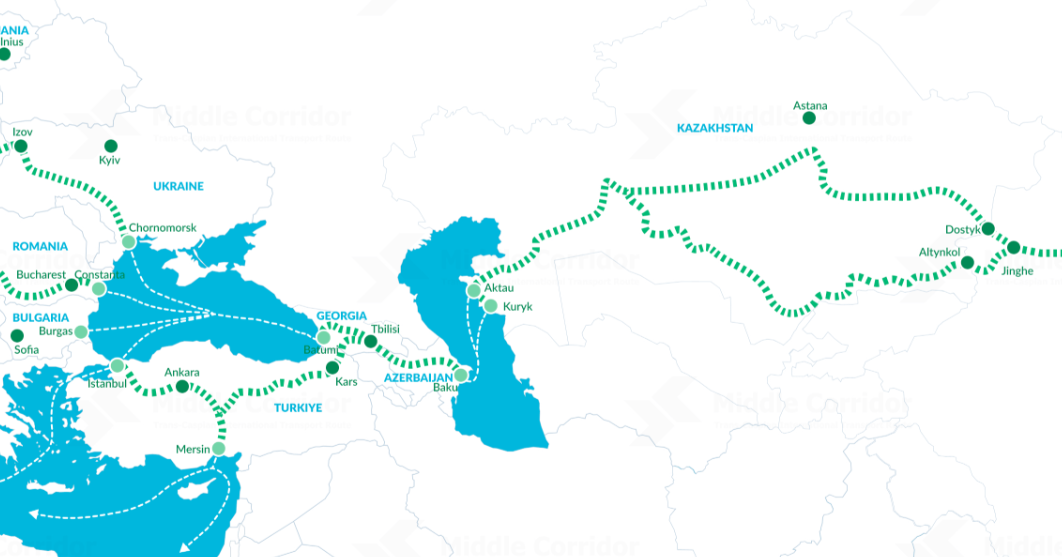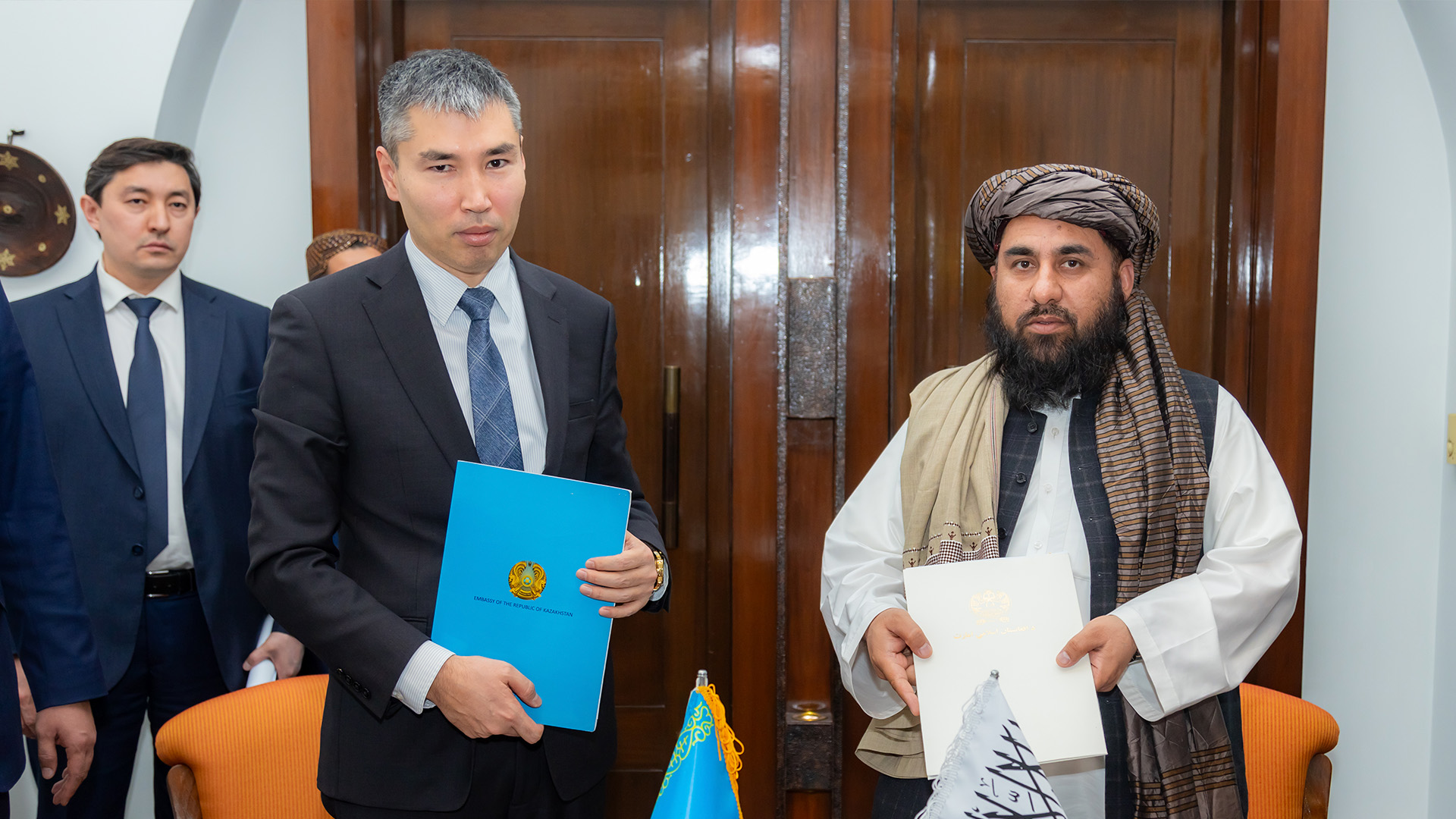
Kazakhstan and People’s Republic of China Collaborate in Critical Minerals Sector
Kazakhstan and People’s Republic of China Collaborate in Critical Minerals Sector
Executive Summary:
- Kazakhstan is positioning itself as a strategic hub for critical minerals, leveraging its vast reserves of copper, zinc, lead, and nickel to attract foreign investment and diversify economic partnerships amid growing global demand and geopolitical competition.
- Deepening cooperation with the People’s Republic of China (PRC) is bringing Kazakhstan technical and economic benefits, including job creation, technology transfer, and new export channels.
- Cooperation with the PRC in Kazakhstan’s critical mineral industry is raising concerns over economic dependency and limited control over strategic resources.
- Kazakhstan aims to balance PRC involvement by actively pursuing partnerships with the United States, European Union, and Japan, while incorporating local content and knowledge transfer into future agreements.
Kazakhstan is emerging as a pivotal player in the global race for critical minerals. In March, Gabidulla Ospankulov, Chairperson of the Investment Committee of the Kazakh Ministry of Foreign Affairs, spoke on a panel discussing “Investments, Supply Chains, and National Legislation” at the Prospectors and Developers Association of Canada’s 2025 convention. The panel focused on Kazakhstan’s plans to “attract foreign investment, develop supply chains in the mining sector, and enhance national legislation to create a more favorable business environment” (Kazakh Invest, March 3). As a repository of significant reserves of critical minerals, Kazakhstan stands at the crossroads of competing interests from the People’s Republic of China (PRC), the United States, and the European Union (Astana Financial International Center, July 9, 2024). The growing strategic importance provides Kazakhstan with an opportunity to diversify its economic partnerships, attract foreign investment, and strengthen its position in the global supply chains. Given Kazakhstan’s technological and human capital limitations in extracting mineral resources, Astana is eager to engage in new global supply chain partnership opportunities.
Kazakhstan has faced substantial challenges in independently developing its abundant mineral resource wealth. The country holds significant reserves of critical minerals, including zinc (6.7 million tons, seventh largest globally), copper (20 million tons, eleventh largest), lead (2 million tons, eighth largest), and nickel (1.5 million tons, in the top 20 globally), with growing global demand for these resources (Astana Financial International Center, July 9, 2024). The country’s extractive sector, however, suffers from technological limitations and insufficient specialized human capital necessary for exploration, extraction, and processing operations. For decades, Kazakhstan has relied heavily on foreign investment to monetize its mineral assets, with raw material exports constituting $18.8 billion in export revenue to Kazakhstan (The Astana Times, April 16, 2024).
Kazakhstan’s resource strategy is evolving. Astana now seeks partnerships that extend beyond mere extraction to include value-added processing capabilities—a strategic pivot designed to diversify the country’s export portfolio and capture more of the value chain domestically (Kazakh Invest, March 3). While European countries continue to deliberate on engagement strategies, the PRC has moved decisively to establish a commanding position in Kazakhstan’s critical minerals sector (Kazakh Invest, September 10, 2019; see EDM, July 1, 2024).
In June 2024, Kazakhstan and the PRC formalized a landmark agreement to construct one of Central Asia’s most advanced copper smelting facilities by the end of 2028 (Official Information Service of the Prime Minister of the Republic of Kazakhstan, June 3, 2024). The facility is considered advanced due to its integration of modern copper smelting technologies that meet international environmental standards, enabling efficient processing of copper concentrate while also producing high-value by-products such as refined gold, silver, and sulfuric acid.
With an annual capacity of 300,000 tons of copper, this facility represents a transformative integration of upstream and downstream operations, combining access to one of the world’s largest copper mines with state-of-the-art processing technology. At a preliminary cost of $1.5 billion, the plant is intended to create more than 1,000 new jobs. The smelter plant will address domestic demand for processed copper products while producing copper cathode essential for power transmission, machinery manufacturing, and other industrial applications (The Astana Times, June 3, 2024).
Kazakhstan and the PRC have also cooperated on tungsten manufacturing. In November 2024, Kazakhstan opened its first tungsten production plant in cooperation with the PRC’s Jiaxin International Resources Investment in the Almaty region (Ministry of Industry and Construction of the Republic of Kazakhstan, November 2, 2024). This facility will process 3.3 million tons of ore annually, yielding concentrate with 65 percent tungsten content. The project’s second phase includes the construction of a deep processing facility, with an expected investment of $150 million, designed to refine tungsten concentrate to 88.5 percent purity and manufacture high-value tungsten carbide—a critical material for advanced industrial applications, including cutting tools, drilling equipment, and military hardware (The Astana Times, November 4, 2024; Asia Global Trading Group, accessed March 24).
One of the most notable areas of PRC-Kazakhstan cooperation in critical minerals thus far has been an agreement between Kazakh First Deputy Prime Minister Roman Sklyar and the PRC’s East Hope Group General Director, Changjun Meng (Prime Minister of Kazakhstan, February 17). This agreement establishes plans for a vertically integrated non-ferrous metals production complex. Non-ferrous metals are materials that are not iron-based, such as aluminum, copper, and silver (Encyclopedia of Materials: Metals and Alloys, 2022; BBC Bitesize, accessed March 24). The agreement includes a $12 billion investment for the creation of approximately 10 thousand jobs and the establishment of an industrial ecosystem. The facility will feature an industrial park, a mining and processing plant, an electrolysis plant, and a power plant (Prime Minister of Kazakhstan, February 17). The project promises to introduce cutting-edge metallurgical technologies to Kazakhstan while expanding the country’s presence in international markets for finished metal products (The Astana Times, February 19).
These developments signal an important evolution in PRC-Kazakh economic relations. While the PRC has historically focused primarily on securing access to raw materials throughout Central Asia, Beijing is now adapting to Kazakhstan’s strategic priorities for domestic value addition (OSCE Academy, 2019; Official Information Service of the Prime Minister of the Republic of Kazakhstan, June 3, 2024). This shift represents an accommodation of Astana’s economic diversification agenda, with the PRC positioning itself as the preferred partner for both the extraction and processing of Kazakhstan’s critical mineral resources.
Kazakhstan’s growing engagement with the PRC in developing critical materials presents benefits and risks for the country. The benefits can be categorized into technical, economic, and strategic dimensions. From a technical standpoint, these projects create employment opportunities for locals, such as at the tungsten plant and new non-ferrous materials production facility (Ministry of Industry and Construction of the Republic of Kazakhstan, November 2, 2024). Beyond new job opportunities, these ventures can contribute to developing Kazakhstan’s human capital through knowledge transfer and specialized training programs, addressing a critical gap in the country’s minerals sector. Furthermore, PRC projects can facilitate technology localization, enabling Kazakhstan to advance beyond simple resource extraction toward value-added processing. This technical evolution represents a crucial step in Kazakhstan’s economic diversification strategy, allowing the country to capture more of the value chain domestically.
From an economic perspective, PRC investments generate new tax revenue streams that bolster Kazakhstan’s fiscal position. More significantly, the development of processing capabilities opens new export opportunities to the PRC—one of the world’s largest consumers of refined critical materials (Bank of China, 2023). These high-value exports secure long-term revenue generation for Astana, while reducing its vulnerability to fluctuations in raw commodity prices.
The establishment of processing facilities may strengthen Kazakhstan’s ability to meet domestic demand, reducing reliance on foreign imports (The Observatory of Economic Complexity, 2023). This is particularly relevant in reducing Kazakhstan’s dependence on Russian refined copper, as the country imported 81 percent of its refined copper from Russia in 2023 (The Observatory of Economic Complexity, 2023). The development of Indigenous refining capacity serves the dual purpose of reducing the economic burden and enhancing strategic autonomy from its northern neighbor.
A risk of Kazakhstan’s deepening cooperation with the PRC is growing domestic anti-PRC sentiment. The increasing involvement of PRC companies in mining and processing critical minerals could further fuel public discontent (see EDM, July 21, 2021).
Economically, while PRC investment can benefit, the growing dominance of PRC firms in the mining and processing sectors may constrain Kazakhstan’s control over its strategic mineral resources. With the PRC already the primary buyer of Kazakhstan’s raw materials, increased exports of processed materials to the PRC market can deepen economic dependency (The Observatory of Economic Complexity, 2023; Astana Financial International Center, July 9, 2024). This growing leverage may enable Beijing to determine unfavorable price terms and trade conditions. Despite the development of processing capabilities, these conditions may risk Kazakhstan remaining a mid-tier supplier rather than advancing into a high-end manufacturing hub, potentially increasing its long-term reliance on Chinese high-tech products.
In the long term, there is a risk that Kazakhstan will become technologically reliant on PRC expertise to develop critical minerals. This dependency would hinder Kazakhstan’s efforts to diversify and achieve autonomy. This vulnerability is compounded by the PRC’s parallel investments in Kazakhstan’s renewable energy and electric vehicle sectors, creating a comprehensive technological dependence for Kazakhstan’s green transition (The Astana Times, February 28, 2024; Carnegie Endowment for International Peace, April 19, 2024). Additionally, as the PRC strengthens its foothold in Kazakhstan’s mining and processing industries, potential partnerships with Western countries may become more difficult the longer the latter delays proactive engagement.
To maximize benefits in the short term, Astana should continue engaging with the European Union, the United States, and Japan in parallel with the PRC. This would foster competition among potential investors and create diverse market options for Kazakhstan’s critical mineral products. Current discussions with Western countries may reflect Kazakhstan’s intent to maintain a balanced approach (The Astana Times, March 13).
In the long term, emphasizing knowledge transfer, local content requirements, and partial technology localization in agreements with PRC firms will be essential for Kazakhstan. By fostering Indigenous expertise and technological capabilities, Kazakhstan can gradually mitigate dependency risks while continuing to benefit from PRC investment and market access.


